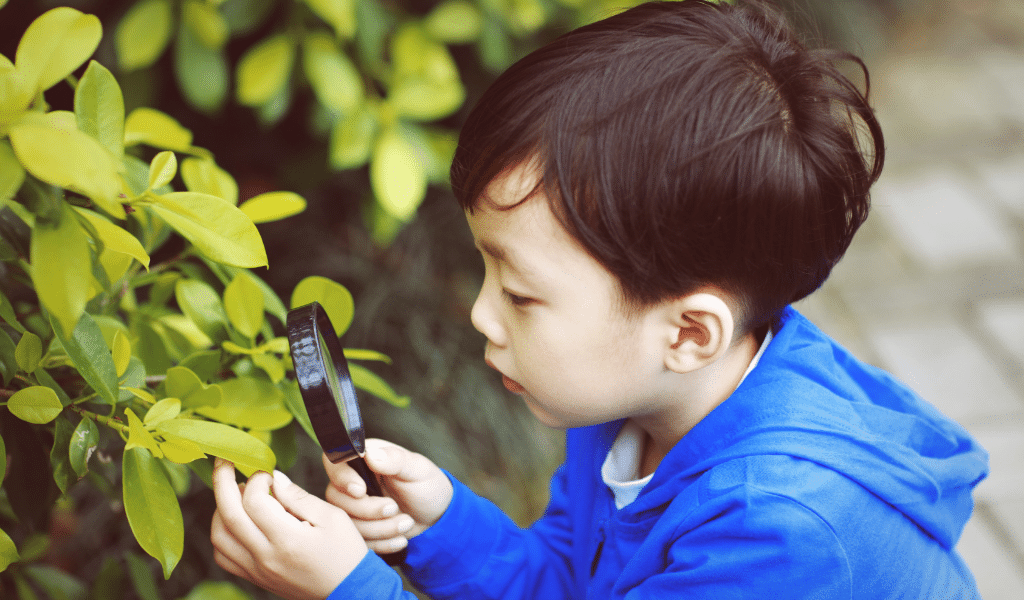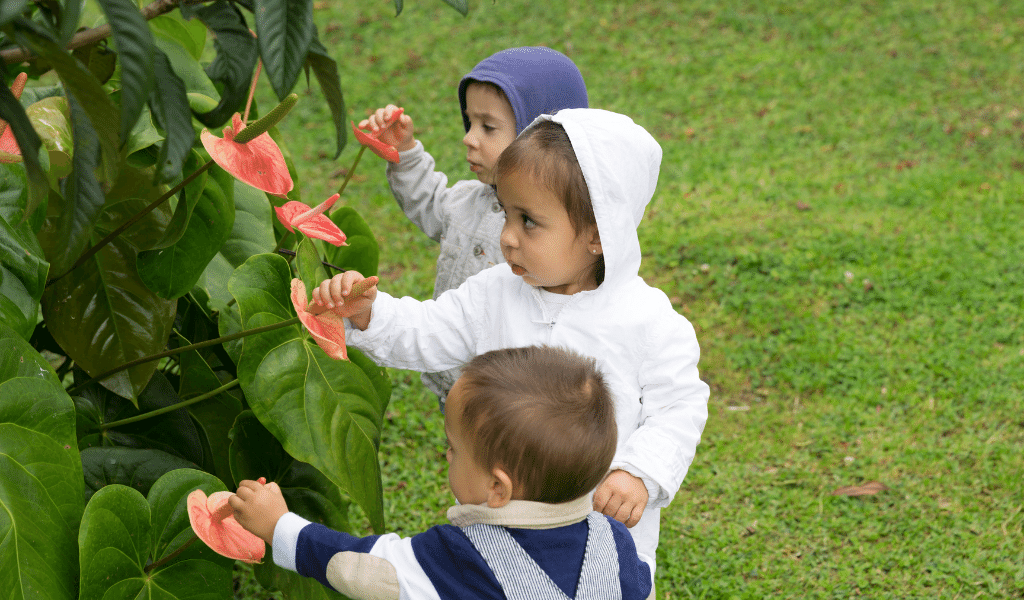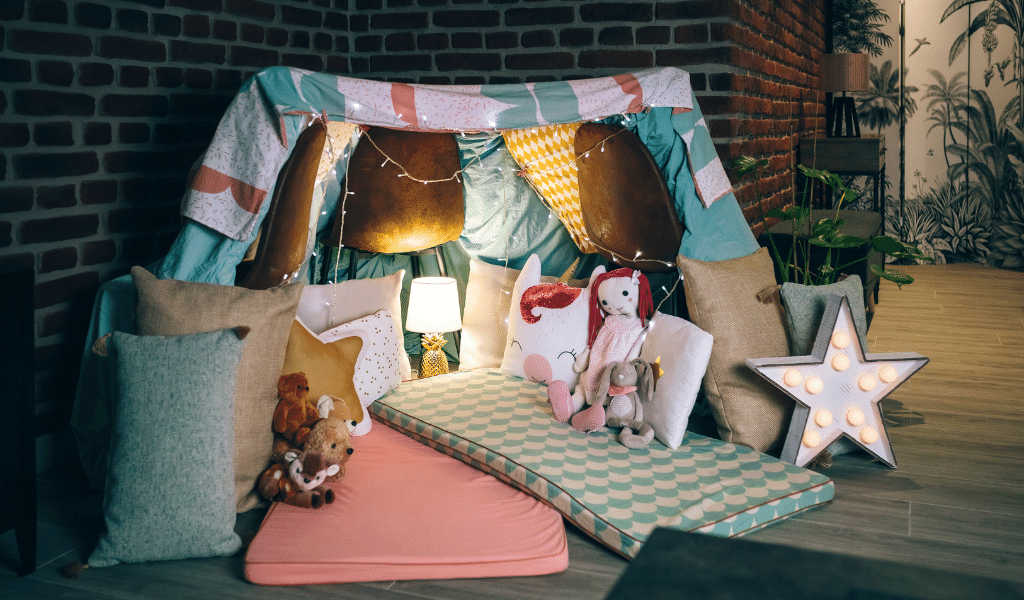We know that children’s wellbeing is an issue and over the last three years the likelihood of children having a mental health problem has risen by 50%. Outdoor play offers children crucial opportunities to develop self-regulation strategies and build healthy relationships and social skills. With the right planning, outdoor play enables children to experience mindfulness and become totally absorbed in their chosen task.
The word ‘beneficial’ comes from the Latin word ‘beneficium’ or ‘kindness’. But how do we enable the outdoor play space to be kind to children?
Children generally know every inch of the outdoor space in a way that we don’t. Genuinely giving children a voice has been shown to act as a buffer to disadvantage so ask them to give you a tour of the places where they play. You may be surprised by which features they think are most important. Find out what the children call each feature – these names are significant and meaningful to them. Children tend to see the outdoor environment in terms of what they can do in each area: where you see a barrier, they see a climbing opportunity. Look at the space through their eyes! You could even make a physical map of these areas and talk about them together.

‘Placeness’ is an old word that means having or occupying a space. ‘Belonging’ is a vital aspect of wellbeing and we need children to feel a sense of attachment to their play space. To increase their sense of belonging, we should work hard to get to know each child well and adapt the flexible play space according to what we see. To further build this sense of belonging, we can ‘rewild’ the play space. ‘Greening’ the play space is a great way to help children feel they belong. In my last setting, there was a large grassy slope known as ‘the dragon.’ After one lockdown, a child ran up shouting: “Oh dragon! You’re still here!” A green play space, even if it is simply a series of planters, evolves all the time, inviting children to get to know each branch and stone and to notice the changes. This act of noticing boosts children’s mental health (and ours too).

My husband, who is a financial advisor, introduced me to the phrase ‘productive uncertainty’ and this is what children need outdoors for good wellbeing. Logs, puddles, slopes, long grasses and other obstacles help children design their own challenges, and build self-awareness, independence and competence.
Jack, aged 4: “If I get scared, I still want to try it, so I do it, and then I do it again and again and again until I can do it. Easy.”
Issues related to sensory deprivation are on the rise, and digging in the mud, climbing trees and simply feeling the wind and rain are crucial experiences for healthy development.
‘Ceangal’ is an old Gaelic word meaning connection and there are so many opportunities for children to build social skills during outdoor play. Outdoor loose parts and den building resources encourage collaboration and problem-solving. Areas where children can create with mud, sand and water prompt co-operation but also provide opportunities for conflict resolution too. Instead of intervening too quickly, we need to support children to work through conflicts, setting them up for future interactions.

Do you remember the secret places you would hide in as a child and that comforting feeling of being cocooned? We all need to withdraw sometimes and one of the most important features of a healthy outdoor play space is a hidden space where children feel they are not under surveillance. Are there enough quiet withdrawal spaces outside within your setting? Are they working well?
Young children have so much to process and work through, and secret hiding places are particularly healthy for children who are struggling with emotional regulation. A hammock strung between two trees can support a child in a high state of arousal to feel calm and comforted and this can be the time when children feel most able to talk about things that are causing anxiety.
Whilst many young children today are experiencing feelings of inadequacy and isolation, outdoor play – with the right level of support – can help all children feel good and do well. Join Kinderly Learn today and access Sarah’s webinar on outdoor and wellbeing and so much more:

About the author
Sarah Watkins is currently a Forest School leader and associate lecturer at Worcester University. She is the author of ‘Outdoor Play for Healthy Little Minds’ and is passionate about the positive impact of outdoor play on children’s wellbeing. She previously spent over a decade teaching, working with all age groups before becoming Head of School.